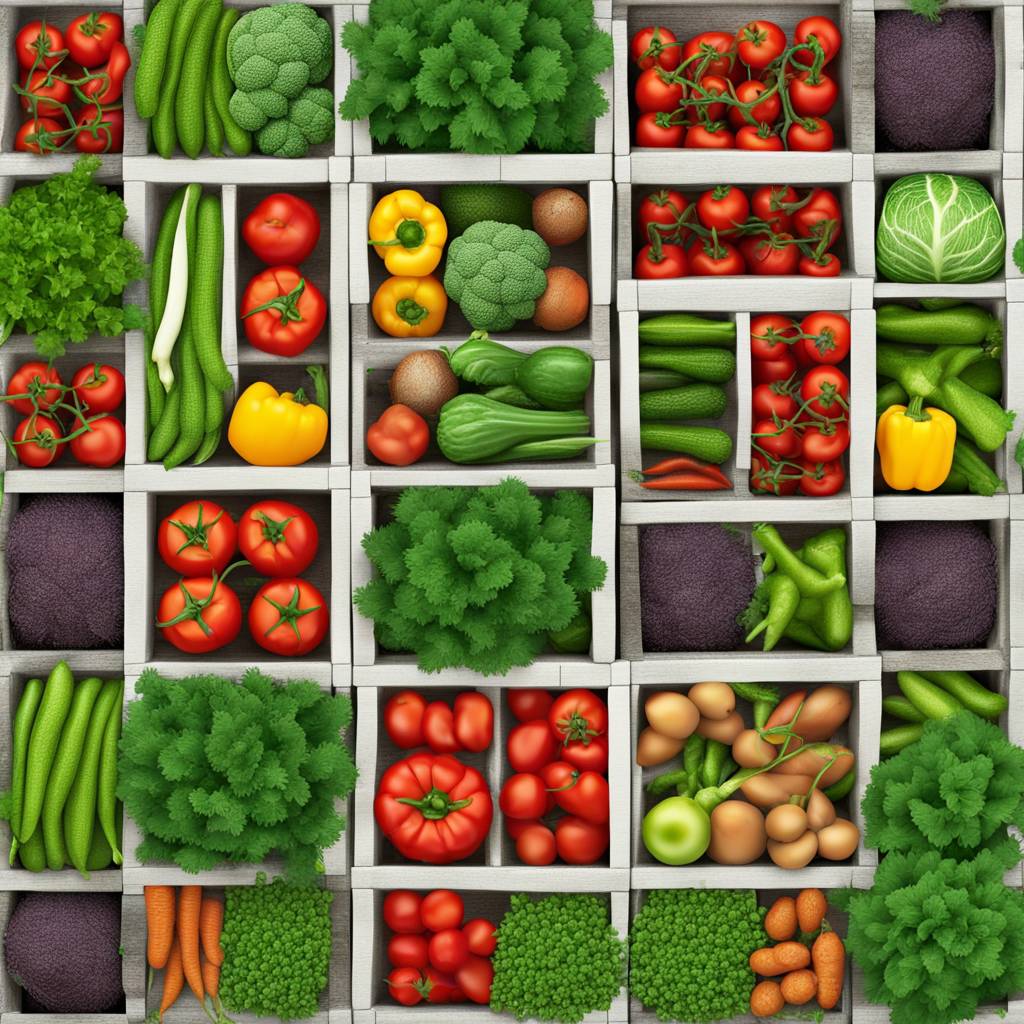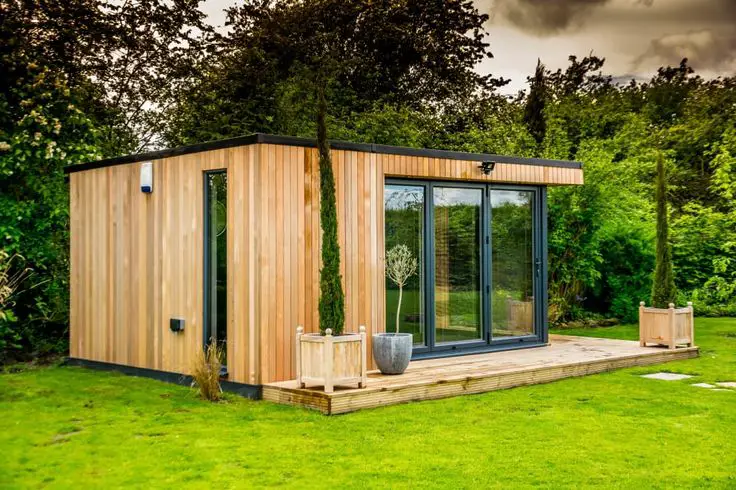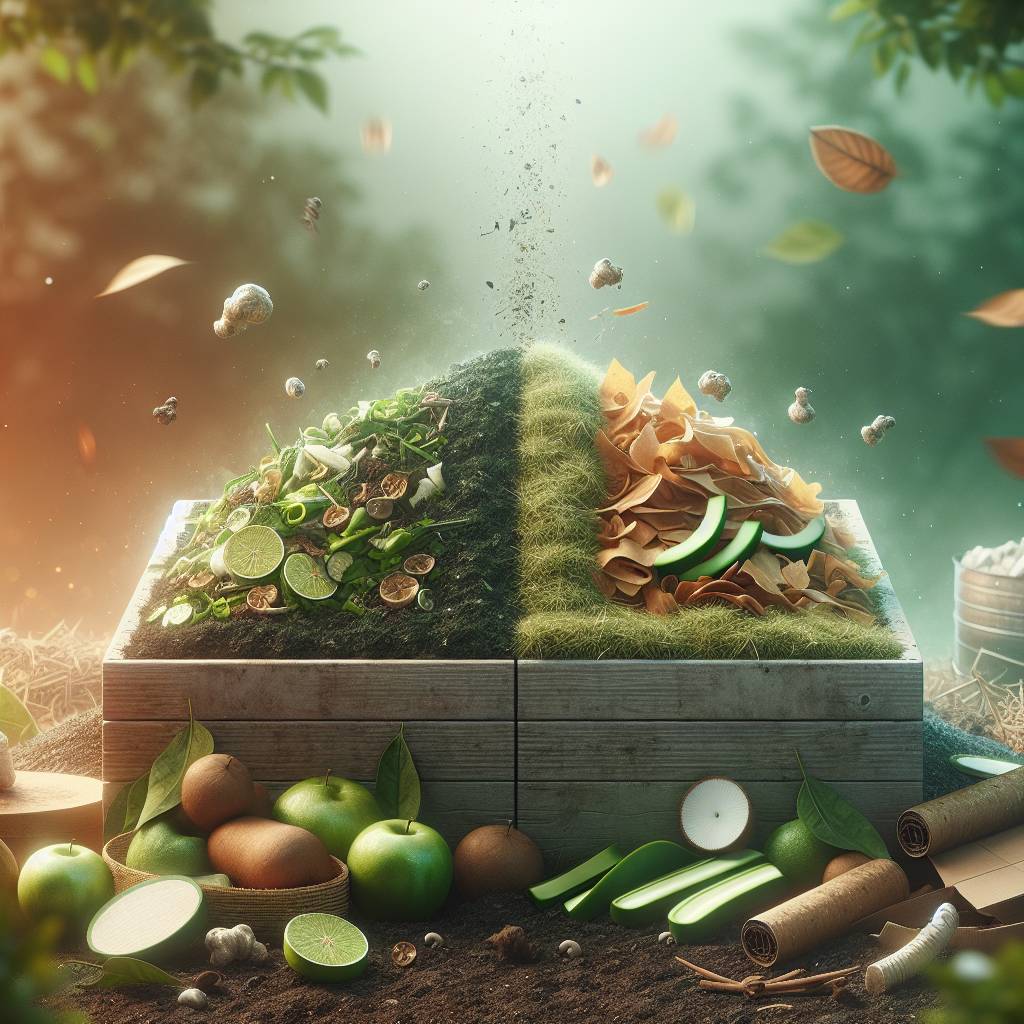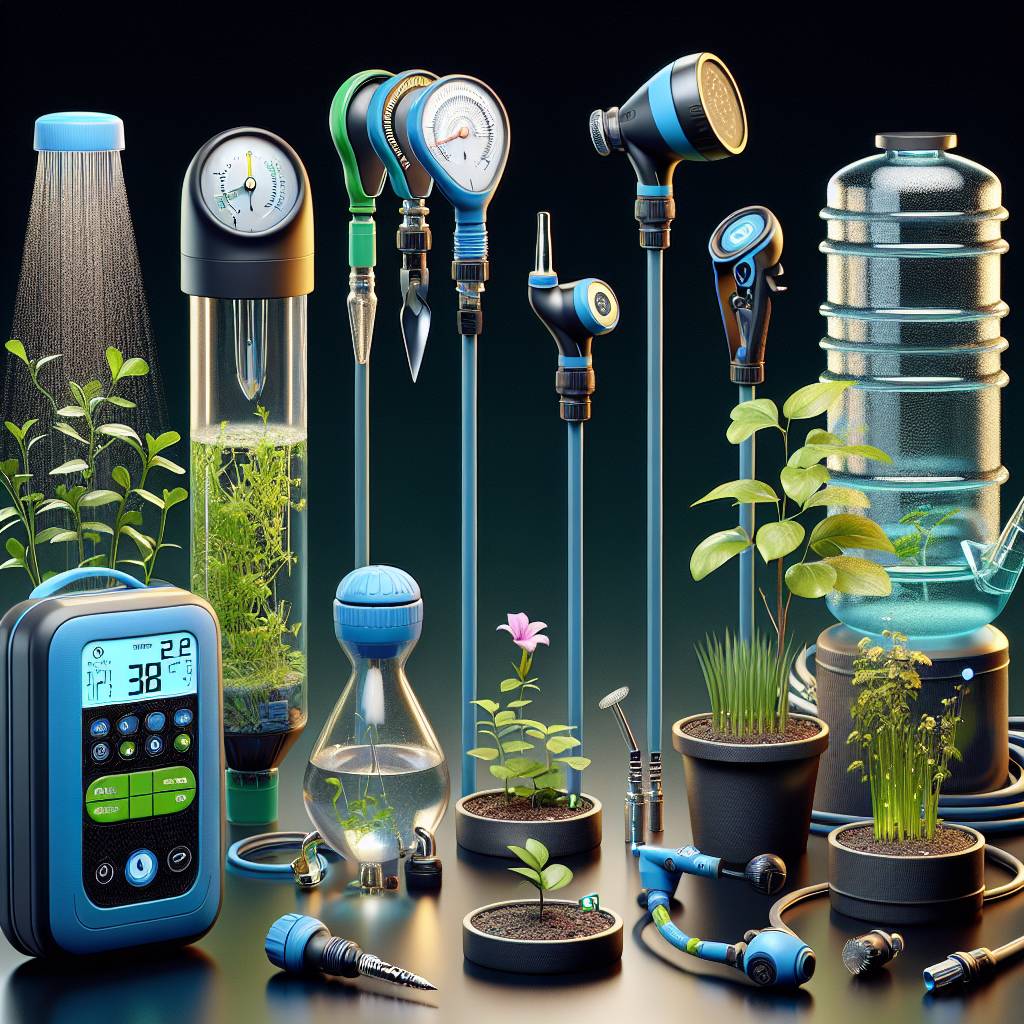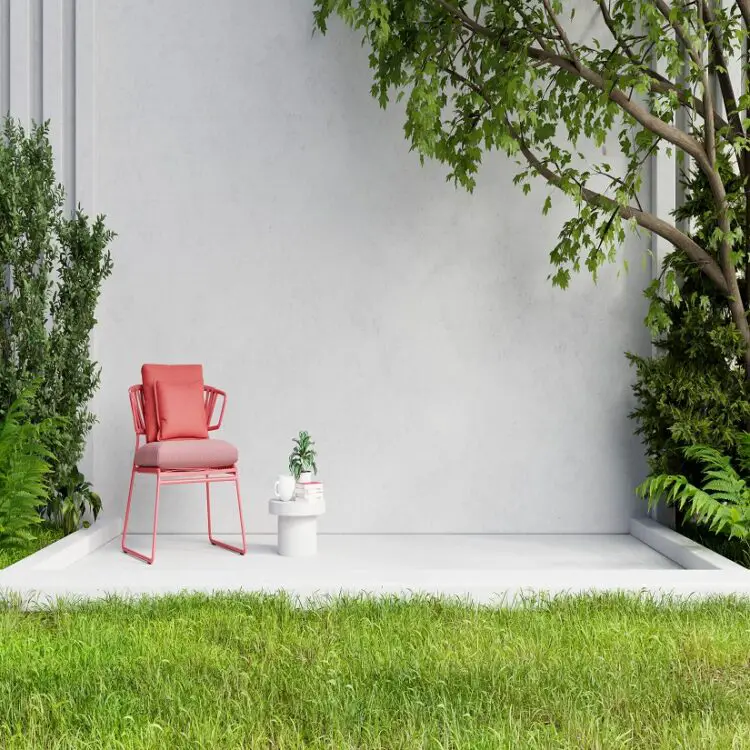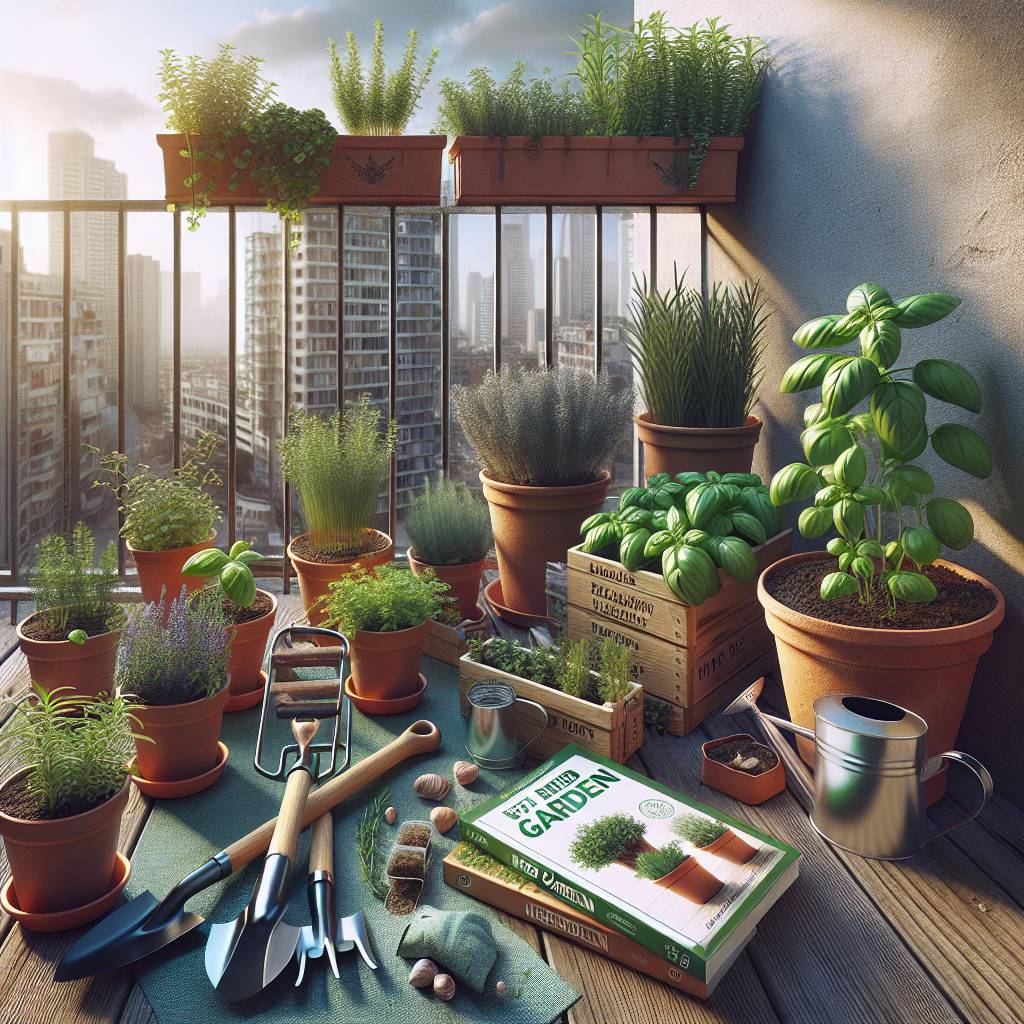In the world of gardening, space is often a precious commodity. However, that shouldn’t limit your ability to grow fresh produce. Compact vegetable varieties are the perfect solution for small gardens, balconies, or even windowsills. These petite powerhouses pack a punch by offering high yields in minimal space. Whether you’re a beginner or an experienced gardener, these compact veggies can thrive and bring joy to your gardening experience.
With advancements in breeding techniques and seed development, there’s now an array of compact vegetable options available – from tiny tomato plants to dwarf bean varieties. This blog post will explore the top compact vegetable varieties suitable for small spaces and provide insights on how to cultivate them successfully. Get ready to transform your limited garden area into a flourishing green haven with these space-savvy veggie options.
Key Takeaways
- Choose compact vegetable varieties like cherry tomatoes, dwarf beans, and mini bell peppers for small gardens to maximize space and yield.
- Utilize vertical gardening techniques such as trellises and hanging baskets to make the most of limited space and grow vining vegetables like cucumbers and peas.
- Consider companion planting to optimize space and improve crop health by pairing compatible vegetables and herbs in small gardens.
- Regularly prune and harvest compact vegetables to encourage continuous production and prevent overcrowding in confined spaces.
- Pay attention to seasonal considerations and select vegetables that are well-suited for the specific climate and conditions of your small garden.
- Implement care tips such as proper watering, soil maintenance, and pest control to ensure the success of your small-space vegetable garden.
Understanding Compact Vegetable Gardening
Space Efficiency
Utilizing vertical space is key. You can use trellises and hanging planters to grow vining plants like cucumbers, peas, and tomatoes. These plants grow upward rather than outward, saving valuable ground space. Choosing compact, bushy plants such as dwarf varieties of peppers or eggplants helps maximize the use of limited garden real estate.
Interplanting compatible vegetables is another effective strategy for optimizing space. For instance, pairing fast-growing radishes with slow-maturing carrots allows you to harvest two crops from the same area at different times. This technique ensures that every inch of your garden is productive throughout the growing season.
Crop Selection
Selecting the right compact varieties of vegetables is crucial for small gardens. Look for vegetable types specifically bred for their compact growth habits such as dwarf cherry tomatoes or mini bell peppers. These varieties are designed to thrive in containers or small raised beds while still producing a bountiful harvest.
Opt for high-yielding crops that flourish in confined spaces such as leafy greens (lettuce, spinach) and root vegetables (radishes, carrots). These vegetables offer substantial yields relative to the space they occupy.
Considering your garden’s limitations when selecting crops will help ensure a successful harvest despite spatial constraints.
Garden Planning
Efficient garden planning plays a vital role in maximizing limited space effectively. When laying out your garden design, consider using companion planting techniques where certain plant combinations benefit each other by deterring pests or enhancing growth without taking up additional room.
Implementing square foot gardening techniques can also aid in efficient utilization of space by dividing the garden into small square sections and planting different crops within each square based on their spatial requirements.
Best Vegetables for Small Spaces
Leafy Greens
Leafy greens are an excellent choice. Opt for compact lettuce and spinach varieties that are specifically suited for small garden spaces. Consider growing microgreens as they provide a space-efficient option for adding fresh greens to your meals. Utilize the cut-and-come-again harvesting method, which allows you to continuously harvest outer leaves while allowing the inner leaves to keep growing.
Another great tip is to make use of vertical space by hanging planters or utilizing trellises. This maximizes the use of limited ground space in your small garden area.
Root Crops
For those with limited gardening areas, root crops can still be grown successfully. Choose dwarf carrot and radish varieties that are ideal for smaller spaces due to their compact size and shallow root systems. Opt for vegetables like beets and turnips that have shallow roots, making them suitable candidates for cultivation in raised beds or deep containers.
Furthermore, interplanting root crops with other plants such as herbs can help optimize the available space while also enhancing biodiversity within your small garden.
Dwarf Varieties
Selecting dwarf versions of popular vegetable varieties is another effective strategy when dealing with limited garden areas. Look out for determinate tomato plants; these types are well-suited because they grow to a specific height and do not require staking or extensive pruning like indeterminate tomatoes do. Similarly, consider miniature versions of eggplants and peppers designed explicitly for confined garden spaces.
Top Compact Vegetable Varieties
Cherry Tomatoes
Cherry tomatoes are perfect for small gardens. Look for determinate cherry tomato varieties specifically bred for containers. These types of tomatoes stay compact and produce an abundance of fruit, making them ideal for limited spaces. Consider using hanging baskets or upside-down planters to grow these tomatoes, maximizing vertical space.
When choosing cherry tomato plants, ensure they are suitable for small areas and won’t overwhelm your garden. Opting for compact varieties will help you avoid overcrowding and make the most of your available space. By selecting the right type of cherry tomatoes, you can enjoy a bountiful harvest without sacrificing precious square footage in your garden.
Mini Bell Peppers
Mini bell peppers are another excellent choice for small gardens and containers. When shopping for mini bell pepper seeds or seedlings, prioritize compact varieties that are designed to thrive in limited spaces. These plants typically produce an abundance of small peppers while remaining manageable in size.
To maximize space on patios or balconies, consider growing mini bell peppers in patio-friendly cultivars specially developed to flourish in smaller environments. With the right selection, you can enjoy a steady supply of fresh bell peppers without compromising on space or aesthetics.
Baby Carrots
Growing baby carrots is an excellent way to utilize container gardening effectively. Look for baby carrot varieties that are well-suited for this purpose—prefer cylindrical or round baby carrot types as they thrive in restricted spaces due to their shape and size requirements.
To achieve straight and uniform growth with baby carrots, it’s crucial to use deep soil within your containers—a loose mix ensures the roots have ample room to develop properly underground.
Ideal Plants for Limited Space
Herbs
If you have a small garden, consider growing herbs in compact pots or vertical herb gardens. Versatile herbs like basil, parsley, and chives are perfect for small spaces. You can also utilize hanging planters or create a windowsill herb garden to maximize space.
Growing herbs in small containers not only saves space but also adds flavor to your dishes. Imagine having fresh basil for your pasta or chives for your omelets just steps away from your kitchen!
Scallions
For limited garden space, scallions are an excellent choice. Grow them in narrow containers or along the edges of raised beds to make the most of every inch. Bunching onion varieties are well-adapted to small gardens and can be grown using succession planting methods to ensure a constant supply of fresh scallions.
By choosing scallions as one of your compact vegetable varieties, you’ll always have that essential ingredient ready whenever you need it without taking up too much space in your garden.
Radishes
Opt for fast-maturing radish varieties suitable for small garden spaces. These vibrant vegetables thrive in shallow containers and can even be interplanted with other vegetables to maximize every bit of available space. Consider adding colorful radish varieties like watermelon radishes to bring visual interest to your garden while enjoying their peppery crunch in salads or as garnishes.
When selecting compact vegetable varieties such as radishes, you’re not only saving space but also adding pops of color and flavor diversity to your meals.
Maximizing Yield in Small Gardens
Vertical Gardening
Small gardens can benefit from vertical gardening to maximize space. Utilize trellises, stakes, and cages to support vining plants such as cucumbers and pole beans. By growing these climbing vegetables vertically, you free up valuable ground space for other compact varieties.
Creating a living wall with pocket planters or vertical gardening systems not only adds visual interest but also maximizes the use of limited space. For example, you can grow herbs or small vegetables in pocket planters attached to a sunny wall. This technique is especially beneficial for those with minimal outdoor space.
Succession Planting
Succession planting is an effective strategy for ensuring continuous harvests in small gardens. Plan successive plantings of quick-maturing vegetables throughout the growing season to make the most of available space. Once one crop is harvested, promptly replace it with new seedlings or seeds to maintain productivity.
Extending the harvest period by staggering sowing dates allows gardeners to enjoy a longer harvesting season without overwhelming themselves with large quantities of produce all at once. For instance, instead of planting an entire row of lettuce at once, sow a few seeds every couple of weeks for a steady supply over time.
Container Gardening
For small gardens or even urban balconies, container gardening offers great flexibility and convenience. When choosing containers for vegetable plants, select sizes based on the mature dimensions of each variety. This ensures that plants have adequate room for root development while maximizing available space efficiently.
Lightweight and durable materials like plastic, resin, or fabric pots are ideal choices for container gardening due to their portability and weather resistance. Ensuring proper drainage within containers is crucial; otherwise waterlogged soil may lead to root rot and other issues that could hinder plant growth.
Dwarf Vegetables for Tiny Plots
Dwarf Peas
Compact vegetable varieties are a perfect fit for small gardens. Dwarf pea plants, specifically designed for containers or limited garden space, offer an excellent solution. By choosing the right dwarf pea cultivars and providing proper support with pea fences or trellises, you can maximize vertical space utilization. Regular harvesting of peas is crucial to encourage continuous production from these compact plants.
For instance:
- Sugar Ann
- Little Marvel
- Tom Thumb
These are some examples of popular dwarf pea varieties suitable for small gardens and container gardening.
Patio Eggplants
. To ensure their optimal growth, place the containers in sunny locations to provide sufficient sunlight and warmth. Using well-draining potting mix and maintaining consistent moisture levels will help these compact vegetables thrive.
For example:
- Hansel
- Fairy Tale
- Gretel
These are some examples of patio eggplant cultivars that work well in small spaces.
Compact Bush Beans
Another fantastic option for small gardens is compact bush beans, known for their ability to grow in limited areas without sprawling extensively. Selecting bush bean varieties with a compact growth habit allows you to optimize space usage by interplanting them with other vegetables. Regular harvesting also encourages continued production from these limited garden areas.
Here’s a list of some popular compact bush bean varieties ideal for small gardens:
- Provider
- Blue Lake 47
Techniques for Growing in Confined Spaces
Soil Management
Soil management plays a crucial role. Amending the soil with organic matter like compost or well-rotted manure can significantly improve its structure and fertility. This ensures that the plants have access to essential nutrients for healthy growth.
Conducting soil tests is also vital as they help determine the existing nutrient levels and pH balance, allowing gardeners to make informed decisions about which vegetables are best suited for their specific soil conditions. Utilizing raised beds or opting for container gardening with quality potting mix can provide better control over the growing environment, especially in limited spaces.
For instance:
- Adding compost to compacted clay soil improves its texture and drainage.
- Conducting a simple DIY soil test kit helps identify if any amendments are needed.
Mulching the soil surface is another effective method of conserving moisture and reducing evaporation, which is particularly beneficial when dealing with limited space where water resources may be scarce.
Watering Practices
In small gardens, watering practices need to be optimized to ensure that every drop counts. Watering deeply but infrequently encourages healthier root development as it prompts plants to grow deeper roots in search of moisture. This practice also reduces water wastage by preventing runoff.
Utilizing drip irrigation systems or soaker hoses delivers water directly to the plant’s roots, minimizing water loss through evaporation and ensuring that each plant receives an adequate amount of moisture without saturating the surrounding areas unnecessarily.
Moreover, mulching the soil surface not only aids in moisture conservation but also acts as a barrier against direct sunlight, thus reducing evaporation rates while maintaining optimal soil humidity levels even during hot weather conditions.
Light Optimization
Light optimization is key when cultivating compact vegetable varieties in small gardens. Positioning sun-loving vegetables strategically in areas receiving maximum sunlight exposure promotes healthy growth and abundant yields despite spatial limitations.
Using reflective surfaces such as white walls or mirrors effectively redirects light onto plants situated in shaded spots within confined garden spaces. This technique maximizes light usage by bouncing it off reflective surfaces onto nearby plants that would otherwise receive insufficient sunlight due to obstructions or neighboring structures casting shadows on them.
Seasonal Considerations for Compact Veggies
Cool Season Crops
Considering the seasonal aspects is crucial. Opt for cool-season crops like lettuce, kale, and broccoli that thrive in early spring. Shield them from late frosts with row covers or cloches. To prolong the harvest, plant quick-maturing cool-season crops successively.
For instance:
- Lettuce grows well in containers and can be harvested multiple times.
- Kale’s compact nature makes it an excellent choice for small spaces.
- Broccoli can be grown in pots or raised beds, making it suitable for limited areas.
During extreme weather conditions, employing protective measures such as row covers ensures a successful yield even in confined spaces.
Warm Season Crops
In addition to cool-season vegetables, consider warm-season options like tomatoes, peppers, and cucumbers suited to summer heat. Shield these plants from excessive heat by providing shade cloth or temporary structures during heat waves. Maintain soil temperature and moisture by using mulch during hot weather.
For example:
- Tomatoes come in various compact varieties ideal for small gardens.
- Peppers are well-suited to container gardening due to their manageable size.
- Compact cucumber varieties thrive when grown vertically on trellises or stakes.
By utilizing these techniques, you can ensure a bountiful harvest of warm-season vegetables within limited garden space while adapting to changing weather conditions effectively.
Year-Round Harvest
To enjoy a continuous supply of fresh produce throughout the year despite space constraints, plan staggered plantings and use season extenders like cold frames or hoop houses. Incorporate perennial herbs and vegetables such as chives, thyme, and rhubarb into your garden layout. Explore indoor gardening options including hydroponics or grow lights for year-round cultivation.
For instance:
- Staggering plantings of compact veggies allows for ongoing harvesting over an extended period.
- Perennial herbs like chives are low-maintenance additions suitable for small gardens.
- Utilizing indoor gardening methods enables year-round production regardless of outdoor limitations.
Employing these strategies empowers gardeners with limited space to enjoy a diverse range of homegrown produce all year round without being restricted by traditional growing seasons.
Companion Planting in Small Gardens
Beneficial Combinations
In small gardens, it’s essential to maximize space by interplanting flowers like marigolds and nasturtiums among vegetable crops. These flowers act as natural pest repellents, keeping harmful insects at bay without taking up much room. Pairing compatible vegetables together based on their growth habits and nutrient needs can optimize the use of limited space while promoting healthy growth.
For instance, planting basil near tomatoes not only saves space but also enhances the flavor of the tomatoes. This strategy is a win-win for small garden owners who want to make the most out of their limited planting area.
Pest Management
When dealing with pests in a small garden, regular inspection is crucial. By checking plants frequently for signs of infestation such as holes in leaves or chewed fruits, gardeners can catch problems early and take action before they escalate.
Using physical barriers like row covers or netting is an effective way to protect plants from pests without using chemical pesticides that could harm beneficial insects or pollinators. Moreover, encouraging natural predators by providing diverse plantings creates a balanced ecosystem where harmful pests are kept under control naturally.
Pollination Boost
In a confined small garden space, attracting pollinators such as bees and butterflies becomes even more critical for ensuring successful fruit set in vegetable crops. Planting nectar-rich flowers nearby helps draw these essential pollinators into the garden, supporting the health and productivity of vegetable plants.
However, if natural pollinators are scarce due to various factors including urban settings or weather conditions, hand-pollinating certain vegetable flowers may be necessary to ensure good yields. It’s vital for small garden enthusiasts to avoid using pesticides that are harmful to pollinators while managing pest issues since this can disrupt the delicate balance needed for successful crop production.
Care Tips for Small-Space Vegetables
Fertilizing
When growing compact vegetable varieties in small gardens, it’s crucial to provide them with the right nutrients. Feed container-grown vegetables with a balanced liquid fertilizer according to label instructions. Incorporate slow-release organic fertilizers into the soil at planting time to ensure continuous nourishment for the plants. Monitor plant health closely and adjust fertilization based on their growth response.
For instance:
- A compact cherry tomato plant grown in a small garden might require more frequent feeding compared to its larger counterparts due to limited access to soil nutrients.
Pruning
Pruning is essential for managing the size of indeterminate tomatoes and vining crops like cucumbers in confined spaces. By regularly pruning these plants, you can control their growth and prevent overcrowding within your small garden area. Moreover, promptly removing diseased or damaged foliage while practicing proper sanitation helps maintain overall plant health.
Consider this:
- In a limited space garden, training tomato plants onto supports using pruning techniques like pinching off side shoots can help maximize vertical space utilization.
Disease Control
Incorporating disease control measures is vital when cultivating vegetables in restricted areas. Practice crop rotation annually within limited garden spaces to minimize disease buildup in the soil. Choose disease-resistant vegetable varieties when available as they offer added protection against common ailments that could affect your compact crops.
To illustrate:
- If you’re growing zucchini and squash together due to space constraints, consider rotating them with leafy greens or beans next season to reduce the risk of soil-borne diseases affecting your crops.
Maintain good air circulation by spacing plants appropriately while avoiding overhead watering. This practice reduces humidity around plants, which can contribute to fungal diseases commonly encountered in smaller gardening environments.
Closing Thoughts
You’ve now got the lowdown on compact vegetable gardening. With the right plant selection and smart techniques, small gardens can yield a bountiful harvest. Remember, it’s not just about the space you have, but how you use it. So, go ahead and get your hands dirty – start planting those compact veggies and watch your tiny plot transform into a flourishing green paradise!
Now that you’re armed with the know-how, it’s time to roll up your sleeves and dive into the world of compact vegetable gardening. Happy planting!
Frequently Asked Questions
What are compact vegetable varieties?
Compact vegetable varieties are specially bred to thrive in small spaces, making them ideal for urban gardens or limited garden plots. These plants are characterized by their ability to produce a high yield of vegetables while requiring minimal space.
How can I maximize yield in my small garden?
To maximize yield in a small garden, consider vertical gardening techniques such as trellising and using hanging planters. Interplanting compatible vegetables and practicing succession planting can help optimize the use of limited space while increasing overall productivity.
Are there specific care tips for small-space vegetables?
Yes, providing adequate sunlight, proper watering, and regular fertilization are crucial for the success of compact vegetable varieties. Maintaining good air circulation and keeping an eye out for pests and diseases will contribute to the health and productivity of your small-space vegetable garden.
What seasonal considerations should I keep in mind when growing compact veggies?
When growing compact veggies in different seasons, it’s essential to adjust planting times accordingly. For example, cool-season crops like lettuce and spinach thrive in spring or fall, while warm-season crops such as tomatoes and peppers require warmer temperatures typically found in summer.
How does companion planting benefit small gardens?
Companion planting offers numerous benefits to small gardens by promoting natural pest control, enhancing soil fertility through nitrogen fixation, conserving space through efficient plant pairings (such as tall plants with low-growing ones), and even improving flavors or deterring pests through strategic plant combinations.
